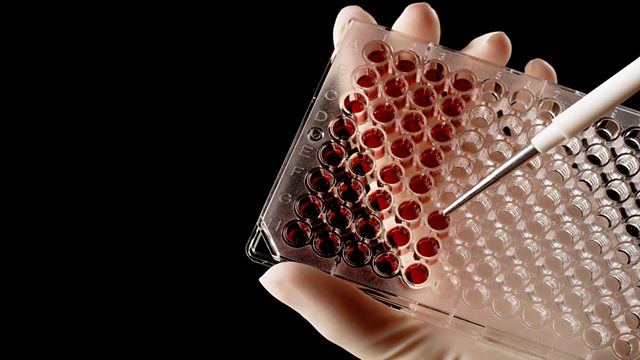Cilia
Peter Evans looks at the microscopic attachments that have suddenly taken centre stage. These are the cilia that protrude from the surface of many types of cell.
In 1898 KW Zimmermann reported in a German microscopy journal seeing fine hair-like structures on the surface of the cells which form the tubes in kidneys. These are the cilia (from the Latin for eyelash) that protrude from the surface of many types of cell.
ost cilia beat in a waving chorus, but on many cells one in particular (the primary cilium) stays firm, poking out into its surroundings without moving. For almost a century its purpose was unknown, and it was thought that it was probably a vestige of cell evolution - no longer of any consequence to human function.
But the last ten years of research has changed that. In this week's Frontiers, Peter Evans looks at these microscopic attachments that have suddenly taken centre stage.
The cilia seem to perform a sensory role for individual cells, tasting the wind and moving accordingly, almost like an elephant uses its trunk. Any defects in cilia therefore cause the cells to do strange things. And cilia malfunction is being linked to many human diseases, from Polycystic Kidney Disease to situs inversus.
It seems a revolution in Medicine might be taking place. In the same way doctors now talk of 'metabolic diseases' or 'genetic diseases', they may soon start talking about 'cilia diseases'.
Last on
Broadcast
- Wed 16 Nov 2005 21:00Βι¶ΉΤΌΕΔ Radio 4
Podcast
-
![]()
Frontiers
Programme exploring new ideas in science and meeting the researchers responsible


